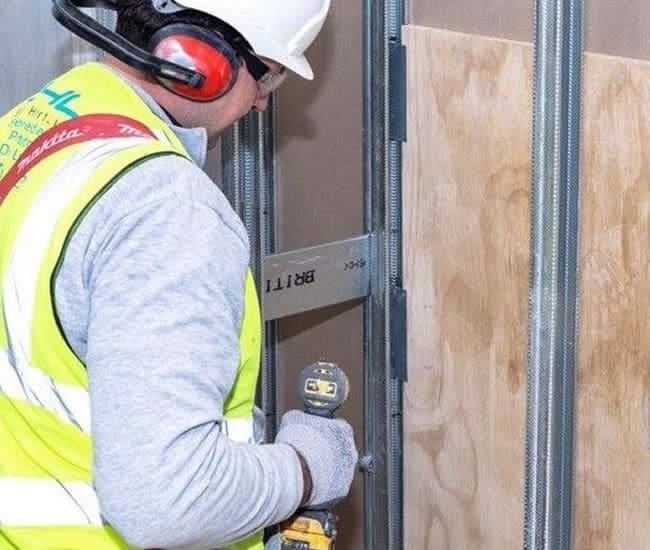The construction industry is undergoing a significant transformation, driven by advances in technology and a growing emphasis on sustainability. Among these innovations, offsite drywall production emerges as a game-changing solution, promising to enhance efficiency and improve the quality of building projects. This blog explores how offsite drywall production is setting new standards in the construction sector, addressing traditional challenges while paving the way for a more sustainable future.
What is Offsite Drywall Production?
Offsite drywall production refers to the process of manufacturing drywall components at a facility away from the construction site. This method contrasts sharply with traditional on-site construction, where all aspects of building occur at the project location. Offsite production involves the precise fabrication of drywall panels and other components under controlled conditions, which are then transported to the site for quick assembly.
The Efficiency of Offsite Drywall Production
One of the most compelling advantages of offsite drywall production is its efficiency. By shifting much of the work to an offsite location, the method reduces the overall construction time significantly. Projects that incorporate offsite production can avoid many of the common delays associated with onsite building, such as adverse weather conditions and scheduling conflicts. Furthermore, case studies reveal that offsite drywall production can lead to faster project completion times, reducing labour costs and allowing quicker occupancy.
Modern Construction Technologies
Offsite drywall production is part of a broader trend incorporating modern construction technologies. These technologies include automated cutting machines, precision engineering tools, and advanced materials handling systems. The integration of these technologies not only speeds up the construction process but also enhances the accuracy and quality of the final products. Additionally, digital tools like 3D modelling and project management software play a crucial role in streamlining the design and production phases, ensuring that all components fit perfectly when assembled onsite.
Eco-Friendly Construction Materials
Another significant benefit of offsite drywall production is its contribution to environmental sustainability. This method generates less waste than traditional construction techniques, allowing for the recycling or reuse of excess materials at the manufacturing facility. Additionally, the controlled environment of offsite production facilities ensures more efficient use of materials, thereby reducing the overall carbon footprint of building projects.
Addressing Common Pain Points with Offsite Drywall Production
Offsite drywall production addresses several pain points commonly associated with construction projects. These include extended timelines, high labour costs, and significant waste generation. By manufacturing components in a controlled environment, this method minimises the risk of errors and defects, which in turn reduces the need for costly rework. The precise cutting and assembly processes used in offsite production also mean that materials are utilised more effectively, minimising waste.
Frequently Asked Questions
Potential buyers often have questions about the durability, cost, and customization options of offsite drywall production. To address these concerns, it’s essential to provide expert insights and data. For example, explaining that offsite produced walls meet all standard building codes and can be designed to specific aesthetic and functional requirements reassures customers of their durability and adaptability.
As we look to the future, embracing offsite drywall production is more than a trend; it’s a strategic decision that can lead to more sustainable, efficient, and cost-effective construction practices. We encourage you to explore further and consider how this innovative approach can benefit your next project. For more information and detailed insights, visit our main landing page on offsite drywall production.
Conclusion
Offsite drywall production is not just a passing trend but a robust approach that addresses many of the longstanding challenges in the construction industry. By adopting this method, construction projects can achieve better outcomes in shorter timeframes and with less environmental impact. As the industry continues to evolve, offsite drywall production is likely to play an increasingly vital role in shaping the future of construction.


